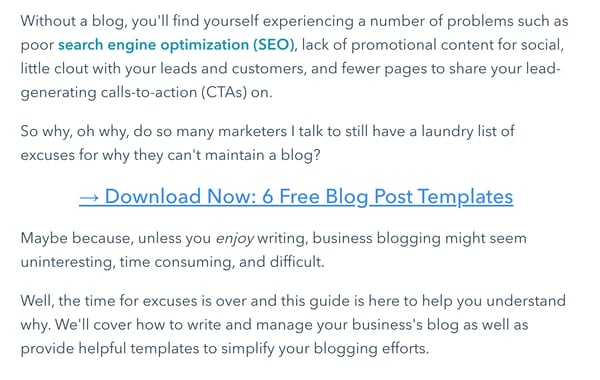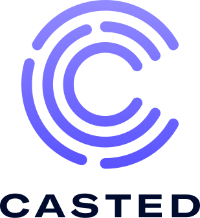Calling all control freaks! It turns out you may have been right about the whole taking charge thing. When you run the show, you call the shots — and reap the benefits. For podcast marketers, this is excellent news. After all, visibility is everything in an increasingly data-driven world.
One year ago, we put control back in the hands of marketers and opened up a whole new avenue for analytics by giving Casted users the ability to host their own podcasts. You see, B2B podcasting isn’t just about brand awareness. It’s also about measuring value and customer engagement and driving sales. But that’s extremely difficult to do when your podcast is hosted on a third-party platform with little to no impactful metrics.
This is your show. You need to be able to maintain control and maximize your return on investment. The first step? Sending your audience back to your site (an incredibly simple but powerful thing to do).
Web Traffic = Big-Time Value
As you know, your website is your home base. It’s where you can create the best brand experience for your visitors and start building an invaluable relationship. Bloggers know this. You and your lead gen team know this. But for whatever reason, many of us tend to forget this principle when it comes to our podcasts.
When you host your podcast on your website, you gain access to insights and engagement metrics (pure gold!) like:
-
Page visits and clicks
-
Time spent on page
-
Where prospects fall in the buyer’s journey
-
Page conversion rate
-
CTA/chatbot effectiveness
You can even integrate this data right into your marketing software (like HubSpot, Drift, or Marketo) to understand when and how often people are listening to your content. In the same way blog metrics and resource downloads are a good indicator of prospect engagement, podcast listens can also serve as an excellent entry point for courting new customers.
“You can’t pay your employees with downloads,” says podcaster and marketing extraordinaire Jay Baer. “Look at your spike in SEO; look at your spike in people mentioning the show to your customer success team.”
Starting to get the picture? It’s a beautiful one! Here’s how this works:
Create custom podcast pages
Casted allows you to create and track custom podcast pages that live on your site. You also have instant access to new metrics within the platform and can connect your CRM to see which contacts are listening to which episodes and where it’s happening in the buyer’s journey. These insights are powerful tools for nurturing your prospects (and existing customers) and finding out how you can best serve them.
Not a Casted user? You can still gain value by simply embedding your podcast episodes into blog content or creating unique pages to better capture audiences on your own website. (Like this!)
Use podcast weblinks for promotion
Hyperlinking is the magic behind making your podcast and website work for you. If your podcast strategy includes publishing on your site, don’t throw it all away by promoting podcast links on social media that lead people elsewhere.
Outside of hosting on your own domain, this is the most important part of capturing your audience on your website. You can do this by:
-
-
Linking to the specific episode you want to promote instead of to your podcast overview page. This will help you track traffic for each show.
-
Linking to a blog or other follow-up content you’ve written about the episode first. That way, you gain web traffic on your listener’s way to the content.
The link in this tweet contains tracking and leads back to the episode hosted on our Casted site.
-
Make it easy to follow CTAs
One prerequisite for gathering web data? You have to generate it, which means listeners have to take the action you want (clicking, filling out a form, etc.). Being the busy consumers they are, these site visitors aren’t going to go digging for links just because you want them to.
That’s why it’s essential to make CTAs complete no-brainers. Create large buttons, include a vanity URL, or slap a gigantic neon arrow on your page. (Ok, maybe not your designer’s first choice, but you get the picture.) Whatever you have to do, make it easy for visitors to take the next step instead of abandoning ship and never coming back.
-
 A prime example of a clear CTA from our good friends at HubSpot.
A prime example of a clear CTA from our good friends at HubSpot.
Continue syndicating to external platforms
Lastly, don’t stop publishing your content on external platforms just because your website is your podcast’s home base. There’s still tremendous value and opportunity to reach people this way. Podcast apps are awesome for getting in front of new audiences, leading them to your site, and encouraging interaction with your podcast or other key content.
So go ahead, take control. (We know you want to!) Hosting your podcast on your website isn’t just about taking the reins, but curating the perfect experience for your listeners to become fans and (eventually) loyal customers.
Need help? We’ve got you covered. Casted is the all-in-one B2B podcasting platform for hosting, building custom landing pages, analyzing data, and much more. See for yourself with a quick demo.

